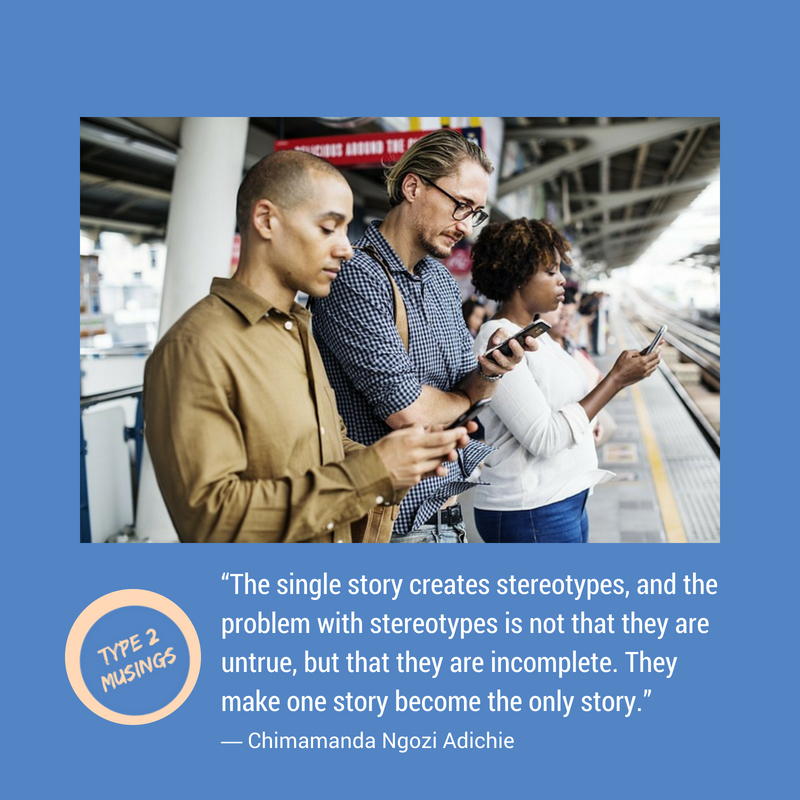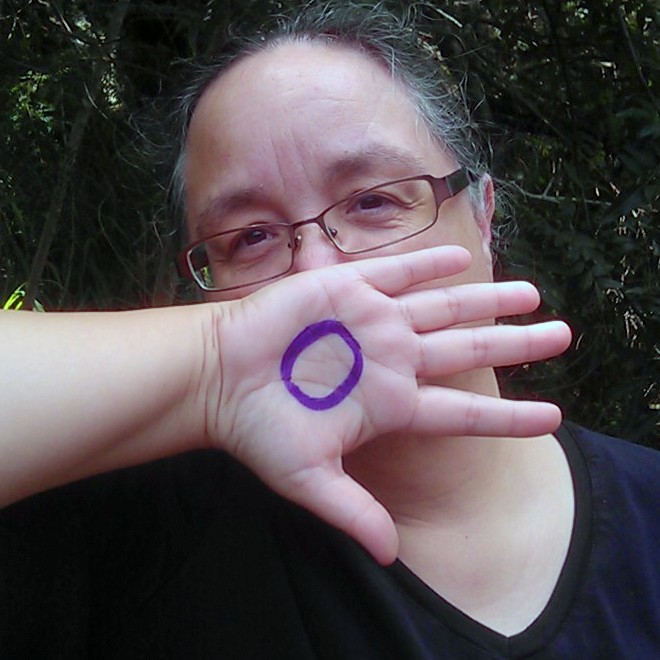Why patient advocates need to produce for other people’s platforms
Once again I’m cutting straight to the chase. The reason individual patient advocates need to produce for other people’s platforms is, in one word, “reach.”
A few months back I was interviewed for an article about people with type 2 diabetes who use insulin. At the end of it the interviewer actually said to me, “Huh, it’s more nuanced than I thought.” In my head I said to myself, “Yeah, it’s not just needles are scary and insulin equals failure.” Even though I kept my snark to myself, I was shocked that an experienced health journalist seemed to have such a narrow understanding of life with diabetes.
It made me realize (once again) how important amplifying all of our voices is in telling the complex and more-complete story of life with diabetes. Other people (both inside and outside of the diabetes community) have no way of knowing what life with diabetes is really like for you if they never have the opportunity to hear from you. Producing material for other people’s platforms gives people a chance to hear from you.
But don’t just blindly produce material for any other platform. Consider the potential impact in your decision.
Reach new people
By producing material for publication on someone else’s platform you will reach different people. Whether you write a piece, are interviewed for a podcast, or participate in a video, when you’re published on someone else’s platform you reach different people than when you publish on your own platform.
You could reach more people. That’s every advocate’s dream: to reach a large audience. Generally, reaching more people is better.
You could reach a different demographic. It could be people who are younger or older. It could be people in a different region or country. It could be people with a different role in healthcare than you: a caretaker, a medical professional, a researcher, or a policymaker.
You could reach people who will benefit from your representation of life with diabetes. Your story confirms, or at least presents, possibilities. Possibilities for a better quality of life or triumph over adversity. And in that there is hope.
Be influential
By publishing on other people’s platforms you gain influence.
Not in a direct “I wrote the most compelling blog post every and now the world has changed” way. But in a more subtle, adding to the overall conversation and representing another point of view way.
As Tim Cook is credited with saying, “You want to be the pebble in the pond that creates the ripple for change.”
Add nuance, diversity, and the taboo to the conversation
In telling our stories we need to do more. We need to do more than just share the same old stories told by the usual suspects in the same old way. For some of us this may mean stepping aside to make room.
We need to share the details of our lives with diabetes, so that the the story is more nuanced. For some of us this may mean revisiting the lines drawn between private and public.
We need share the perspective that comes from our own cultures and backgrounds, so that the story is more diverse and comprehensive. For some of us this may mean taking the time to explain context for those who don’t know or understand it.
We need to talk about difficult, even taboo, topics. Sexual function, anyone? So that the story is more complete. For some of us this means moving out of our comfort zone.
Tell more and different stories to paint a more complete picture
Only when we share more of our stories and share beyond our familiar communities can we build a more complete understanding of life with diabetes.
———-
This post is a companion piece to Why patient advocates need to build their own platforms.


